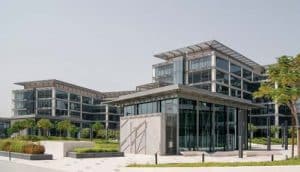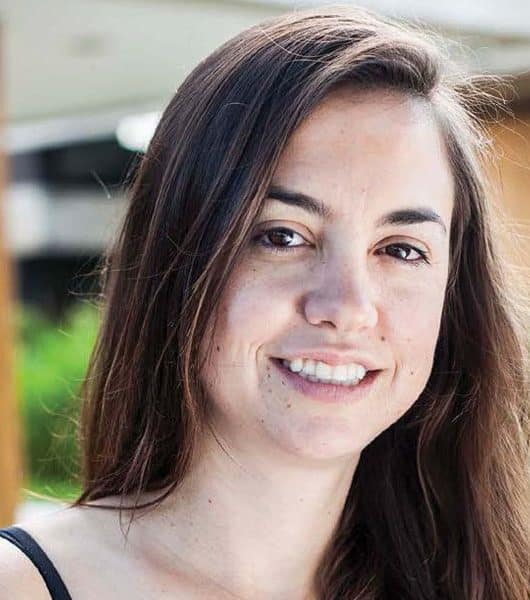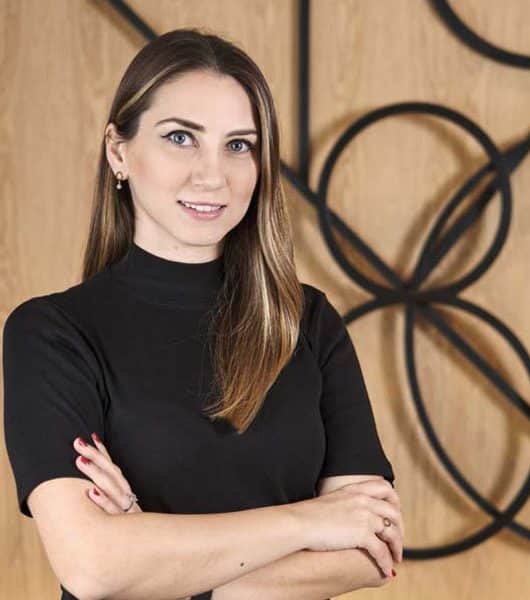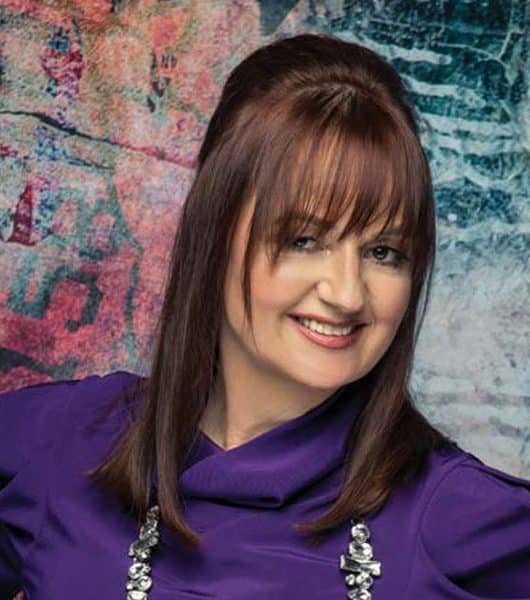Powerlist Creative 30 2022 : Mohamed Ali DESIGN DIRECTOR RMJM
ALI has worked on a wide range of projects, including high and mid-rise residential buildings, luxury villas, hospitality, mixed-use retail, commercial, industrial, and office buildings, as well as masterplanning. His goal is to generate ideas that will broaden the creative capabilities of his team by providing neat, successful, and efficient building design solutions for each project.
With over 16 years of experience, Mohamed Ali is the design director at RMJM. He worked on over 40 projects, including high and mid-rise residential buildings, hotels, mixed-use, retail, commercial, industrial, and office buildings. Many of RMJM’s existing clients are significant developers in the GCC, such as Emaar, Meraas Holding, Sorouh, DSOA, TDIC, TE- COM, Omniyat, RAK Properties, Sharjah Holding, PIF, Masar, Thakher, Misk and Qiddiya. Ali believes that they bring a refreshing new attitude to the development of the countries in particular to the mixed commercial residential developments – where densification creates an ‘urban hub’. He is currently working on a number of significant projects, including Thakher Gardens, a model world-class development that will be commercially sustainable, vibrant, and connected. It will serve as a gateway destination for Makkah and Thakher City through its architectural expression. Another example of a high-level development is the Innovation Hub the new business park is a contemporary A-grade office floor plate with high efficiency, flexibility, and internal space quality. Google and other major corporations have already relocated their headquarters there. The recently opened Hills Park in Dubai Hills Estate epitomizes modern living in harmony with nature. In a country-village setting, it consists of elegantly planned neighbourhoods of contemporary apartment buildings and villa compounds.
Ali is part of the innovators of the industry. Several of his projects focus on bridging the gap between design and technology, besides architectural design, he runs RMJM PIM – the studio that combines the latest technologies and international design standards with a collaborative mentality, resulting in a seamless and efficient delivery service. It aims to reconstruct the real estate industry, giving full control over time, cost and quality back to the client, bringing design and construc- tion intelligence into the project lifecycle.

Ali believes that the GCC region is one of the best places to experiment with urban technology. In the race to develop smart cities, all eyes should be on Saudi Arabia. The Kingdom provides distinct perspectives on how technology can be used to improve public spaces and other areas. Architects can create designs that will last a long time by focusing on the needs of the growing community, and technology will play a central role in smart cities, with shared data and information to improve efficiency and connectivity for homes, businesses, and transportation systems. Smart city technologies can create a platform for two-way communication between citizens and cities on a small scale.
Ali says: “My leadership model is transparency: the ability to listen and act, while being responsible for the final decision. It is a tough job that requires a lot of strength to keep progress in a perfect balance between capabilities and requirements. Yet to be achieved by simply being.
Ali’s role as a design director is to create places that feel inclusive, vibrant, and meaningful by using a holistic design approach and taking into account the local context. He consistently demonstrates consistent leadership for activities centred on project direction and planning.
programming, design, technical application coordination, graphic representation, client relations, winning work, and publish-grade documents.









